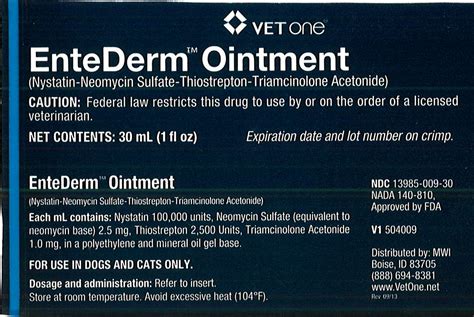Entoderm Ointment: Simple Steps to Amazing Skin
Entoderm ointment, a topical treatment often containing ingredients like zinc oxide and other emollients, is gaining popularity for its potential benefits in improving skin health. While not a miracle cure, when used correctly, it can be a valuable addition to your skincare routine, particularly for addressing common skin irritations and promoting healing. This article delves into the uses, application, and potential benefits of entoderm ointment, providing you with the knowledge to achieve amazing skin. We'll also address frequently asked questions surrounding its usage.
What is Entoderm Ointment Used For?
Entoderm ointment's primary function is to soothe and protect the skin. Its formulation, often including zinc oxide, creates a barrier that shields the skin from irritants and promotes healing. This makes it effective for a range of skin conditions, including:
- Diaper rash: The protective barrier created by the ointment helps prevent further irritation and allows the skin to heal.
- Minor burns and abrasions: Entoderm ointment can help soothe the pain and promote faster healing of minor burns and scrapes.
- Chafing and friction: The lubricating properties of the ointment reduce friction between skin surfaces, preventing chafing and irritation.
- Dry, cracked skin: Entoderm's emollients help moisturize and soften dry, cracked skin.
- Eczema and other skin irritations: While not a cure, it can provide temporary relief from itching and inflammation associated with eczema and similar conditions.
How to Apply Entoderm Ointment Effectively
Applying entoderm ointment correctly is crucial to maximize its benefits. Follow these simple steps:
- Cleanse the affected area: Before applying the ointment, gently cleanse the affected area with mild soap and water. Pat the skin dry thoroughly. Avoid harsh scrubbing.
- Apply a thin layer: Use a small amount of ointment and spread it evenly over the affected area. A thin layer is usually sufficient; excessive amounts won't necessarily speed up healing and can feel heavy or sticky.
- Gentle application: Apply the ointment gently to avoid further irritating already sensitive skin.
- Frequency: Apply as directed on the product packaging or as recommended by a healthcare professional. This often varies depending on the severity of the condition.
- Avoid eyes and mucous membranes: Keep the ointment away from your eyes, mouth, and other mucous membranes.
Is Entoderm Ointment Safe for Everyone?
While generally considered safe for topical use, entoderm ointment may not be suitable for everyone. Individuals with known allergies to any of its ingredients should avoid using it. If you experience any adverse reactions such as redness, swelling, or increased irritation, discontinue use and consult a doctor or dermatologist. Always check the product label for a complete list of ingredients.
Is Entoderm Ointment Safe for Babies?
Entoderm ointment, particularly those specifically formulated for babies, is often safe for diaper rash and other minor skin irritations in infants. However, always consult your pediatrician before using any new topical product on your baby.
Can I Use Entoderm Ointment Every Day?
The frequency of application depends on the specific condition and the product instructions. For minor irritations, daily use might be appropriate, but for more severe conditions, your doctor may advise a different application schedule.
What are the Side Effects of Entoderm Ointment?
Side effects are rare but can include mild skin irritation or allergic reactions in sensitive individuals. If you experience any unusual symptoms, stop using the ointment and consult a healthcare professional.
Conclusion: Achieving Healthy, Happy Skin
Entoderm ointment can be a valuable tool in your skincare arsenal, particularly for managing minor skin irritations and promoting healing. By following the instructions carefully and understanding its limitations, you can harness its soothing and protective properties to achieve healthy, happy skin. Remember, if you have any concerns or underlying skin conditions, it's always best to consult a dermatologist for personalized advice and treatment.

